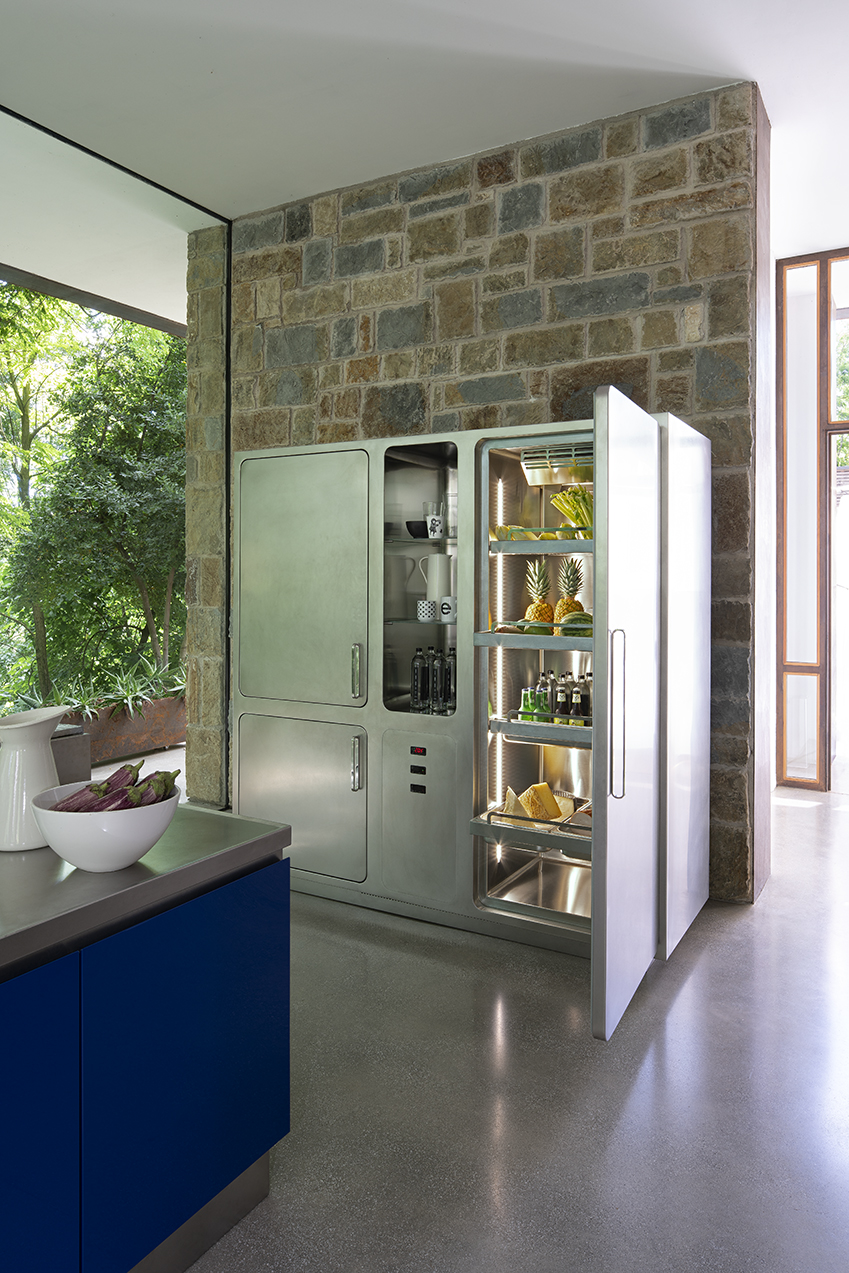
The cold chain and how to manage it
The cold chain is necessary in order to preserve the nutritional value of food and reduce the development of micro-organisms that are harmful to our health. This is fundamental when storing food in both domestic and professional kitchens.
In fact, a well-managed cold chain ensures that food is stored at low and constant temperatures, allowing it to arrive to our tables in the best possible condition.
Refrigerated, frozen and deep-frozen food: a few clarifications
Refrigeration, freezing and deep-freezing are the main ways to store food at cold temperatures.
When food is refrigerated, it is stored at a temperature of between 0 and +10 °C, reducing the development of micro-organisms but not fully preventing this.
When food is frozen, it is stored at a temperature of between -15 and -18 °C. This prevents the proliferation of micro-organisms, but the formation of ice crystals reduces the food’s nutritional value.
When food is deep-frozen, it is stored at a temperature of below -18 °C. This low temperature stops micro-organisms from developing without compromising the food’s nutritional value. In fact, the ice crystals that form in deep-frozen food are much smaller than in frozen food. However, in this case, much more care must be taken because even the smallest change in temperature in the cold chain can damage the deep-frozen products.
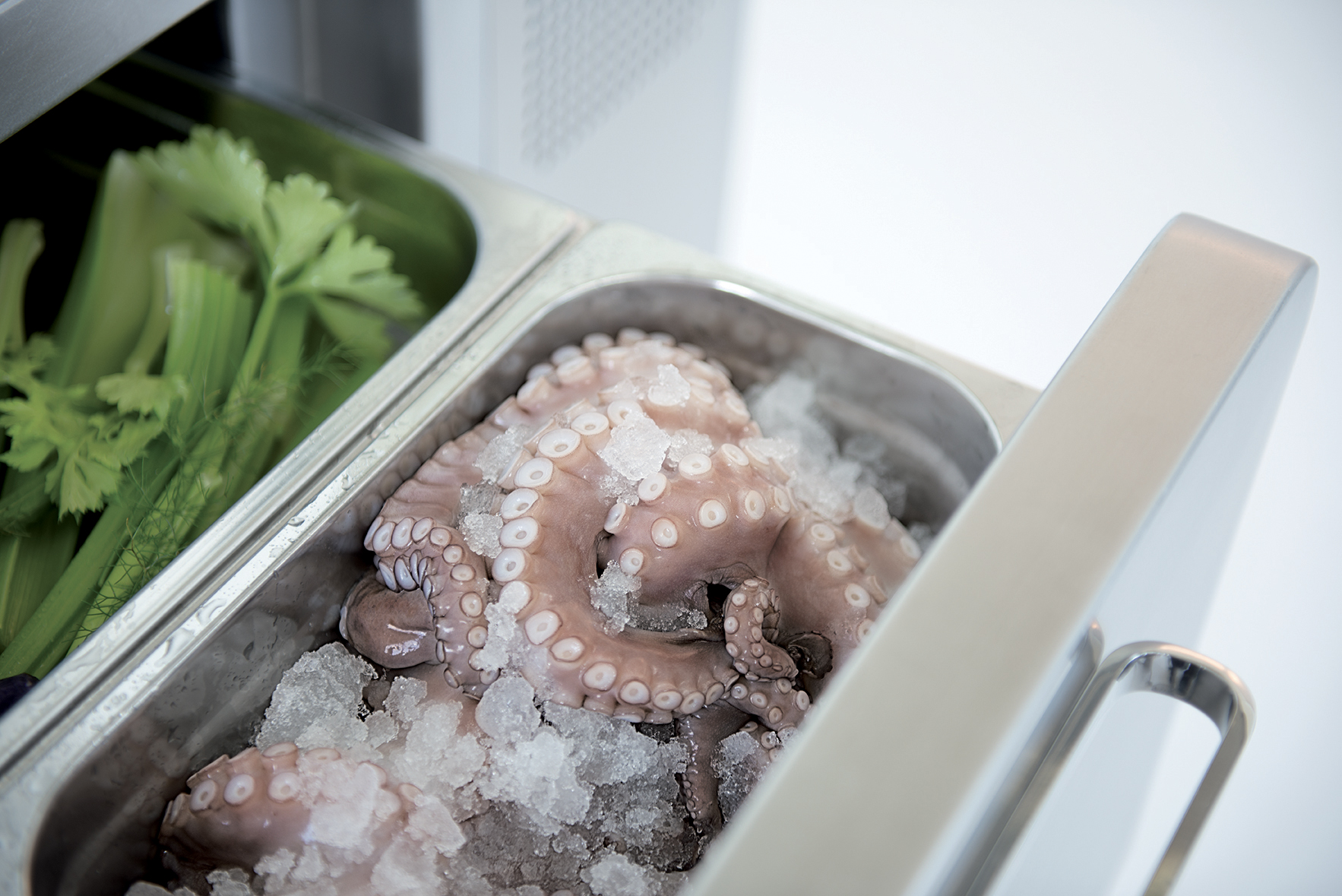
Why is the cold chain important?
Although a lot more attention needs to be paid to deep-frozen food, maintaining the cold chain is also crucial when it comes to storing refrigerated and frozen food. In fact, at room temperature, it only takes between 20 and 30 minutes for micro-organisms to develop. This is a very short amount of time indeed.
Furthermore, other chemical reactions are also reduced at low temperatures, such as the oxidation process that causes food to lose its nutritional value.
For all of these reasons, it is necessary to ensure that cold temperatures are maintained, as well as storing all food at the correct temperature.
In a professional kitchen, these rules are always followed, but can the same be said in people’s homes?

How can we ensure that the cold chain is maintained in a domestic kitchen?
Temperatures in domestic refrigerators are not as low as in industrial cold rooms, as it is assumed that food is consumed quicker. In actual fact, the utmost attention is still required when storing food at home.
Ventilated refrigerators offer a homogeneous temperature, but older refrigerators often have three different temperature zones, meaning that food items need to be stored depending on how delicate they are. For example, meat and fish must be positioned towards the bottom of the fridge where the temperature is lower, while cheese is to be stored towards the top and vegetables in a dedicated compartment, normally in a drawer or separate box in order to ensure a constant level of moisture.
The utmost attention to hygiene
It is equally as important to ensure perfect standards of hygiene in the kitchen and especially inside the refrigerator. Cleaning the shelves and drawers inside the fridge reduces the development of micro-organisms that are harmful to our health. It is also important to ensure that food is always stored in clean containers with an airtight lid, to avoid the risk of cross-contamination between different food items (which can cause food poisoning).
Refrigerated rubbish bins
Perfect hygiene can also be achieved by using refrigerated containers for waste. A huge quantity of micro-organisms accumulates every day in traditional rubbish bins in domestic kitchens. This can have dangerous consequences for our health, especially when considering the numerous allergies and infections that can be caused by domestic waste.
These suggestions are the ABC on how to correctly manage the cold chain at home. However, today, it is possible to do much more, thanks to professional refrigeration and freezing systems designed especially for domestic kitchens.
Let’s take a look at them together.
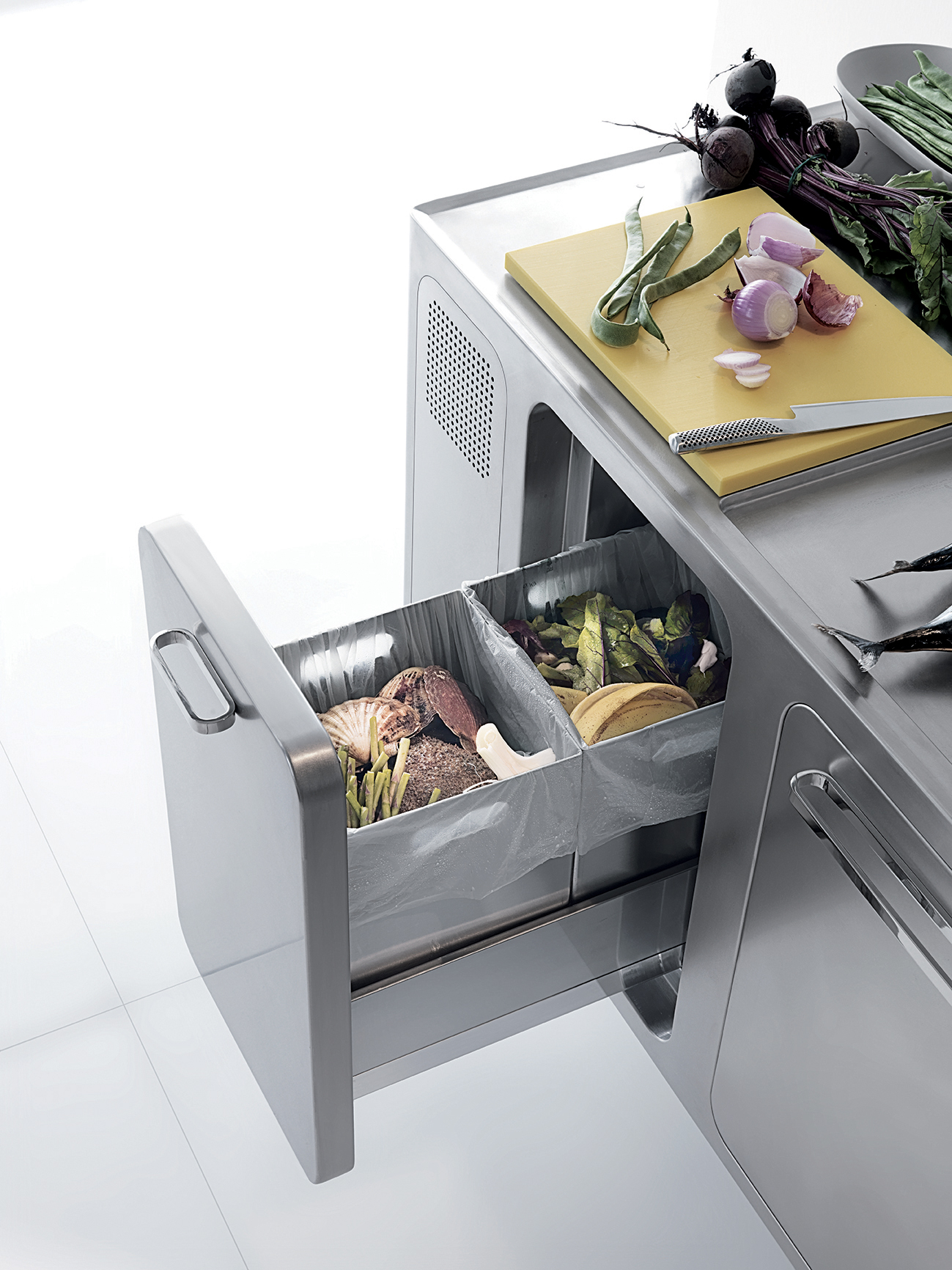
Professional refrigeration and freezing equipment for domestic kitchens
Blast chillers
The blast chiller is a machine that cools down hot food incredibly quickly. Until not so long ago, blast chillers were only really found in professional kitchens; now, these appliances are also available for domestic use.
Blast chillers are useful because they prolong the life of food. Food cannot be put straight in the fridge after it has been cooked, otherwise it would alter the temperature inside the fridge and run the risk of damaging it. However, while we wait for food to cool down, there is a risk that micro-organisms may develop. Blast chillers solve this problem: a crucial tool for professional and amateur chefs alike.
Professional refrigeration compartments
Today’s most innovative and high-performance refrigeration systems for domestic kitchens include separate compartments, allowing you to set a different temperature depending on the food you wish to store. This is what happens in the cold rooms used in professional catering.
And that’s not all. A refrigeration system with separate compartments prevents any risk of cross-contamination between different food items.
These refrigeration systems are therefore the best choice when it comes to prolonging the life of food and completely preserving its organoleptic properties.

The Abimis Cold Control System
In order to ensure that the cold chain is correctly maintained in domestic kitchens, Abimis has designed an innovative technological system of refrigerated columns: the Cold Control System.
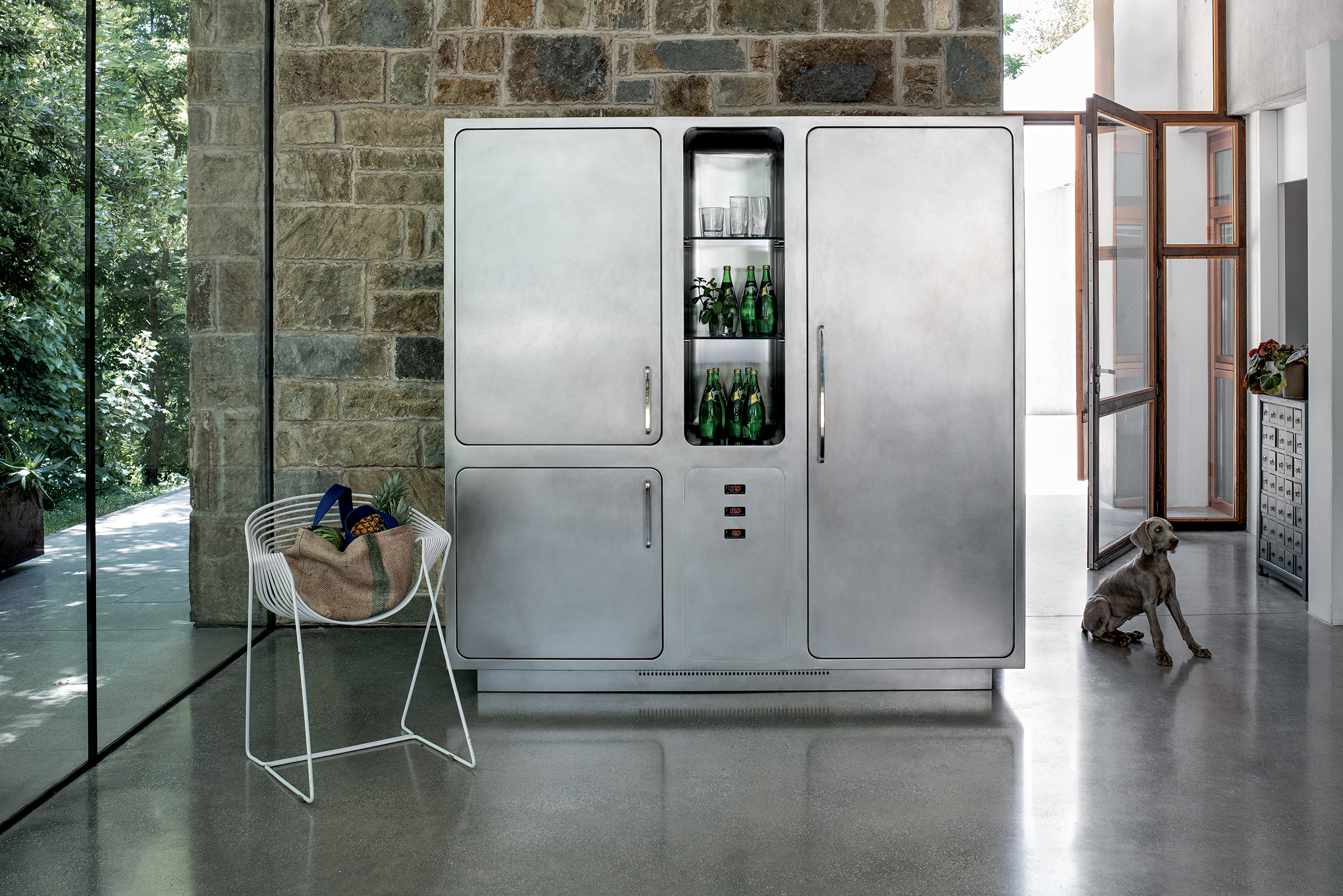
This Cold Control System is made up of separate compartments, where it is possible to set different temperatures and monitor them at any given time. This allows all food items to be stored at the right temperature. An internal ventilation system also guarantees that the temperature remains the same throughout each compartment.
Furthermore, in order to guarantee the highest levels of hygiene in the kitchen, Abimis only designs and makes kitchens in stainless steel, a naturally antibacterial material that is easy to clean and does not release any toxic substances when it comes into contact with food.
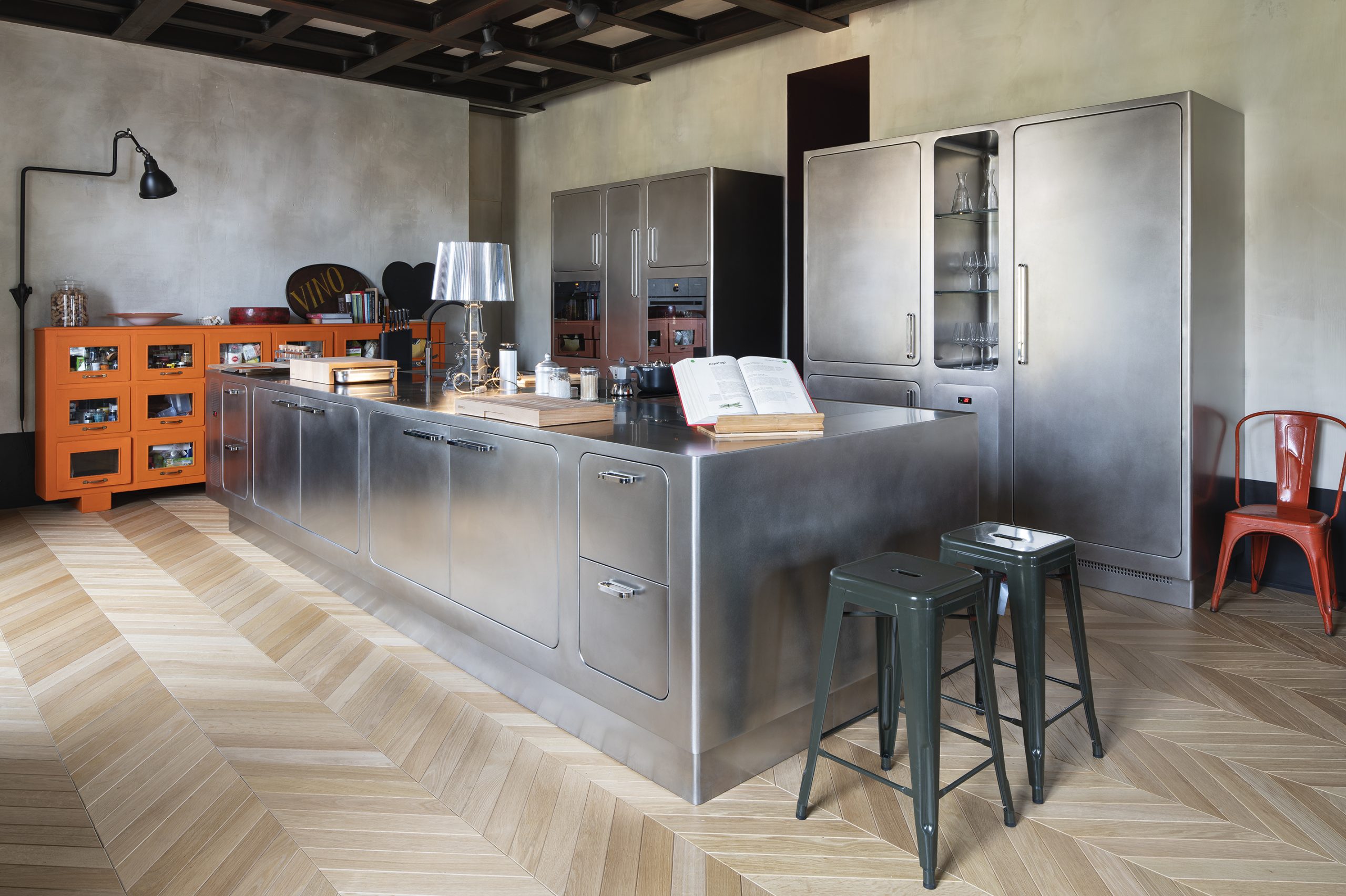
Other details to ensure the utmost hygiene in the Abimis range of professional kitchens for the home
Last but not least, the doors in the Abimis range of semi-professional kitchens can be made flush, without any sharp corners and without any visible hinges. Corners inside compartments can be rounded and shelves can be fully extracted. Lastly, all compartments are designed to go with professional Gastronorm containers and optimise the organisation of the space inside.
All of these extra details prevent dirt from building up, making each kitchen much easier to clean.
The stainless steel used in Abimis kitchens is available in a range of different finishes. Orbitally polished, mirror-polished or painted in all the RAL colours.

